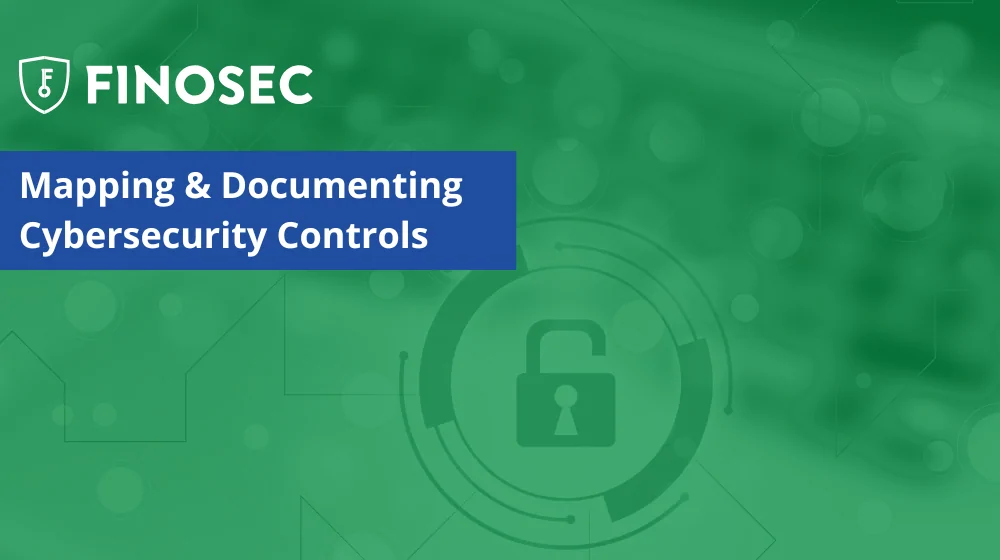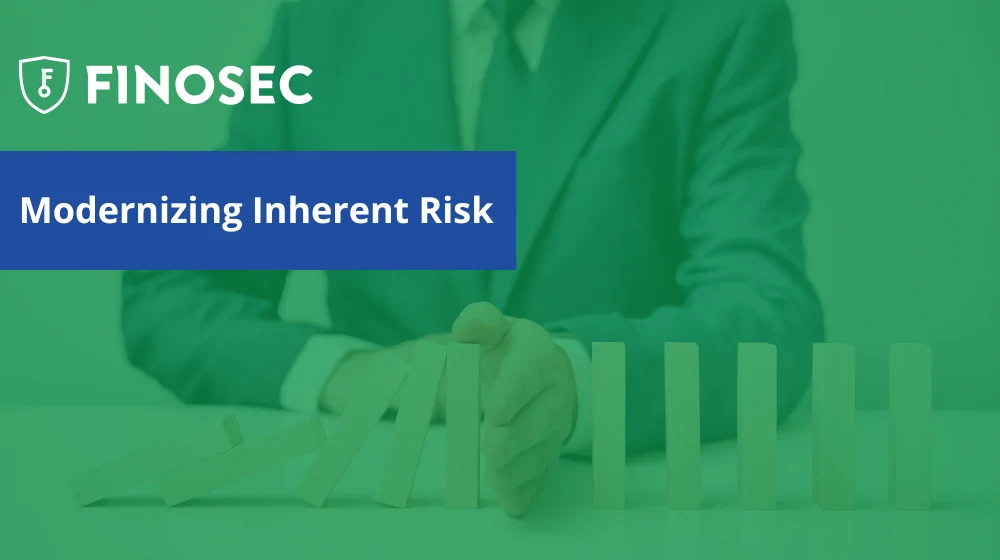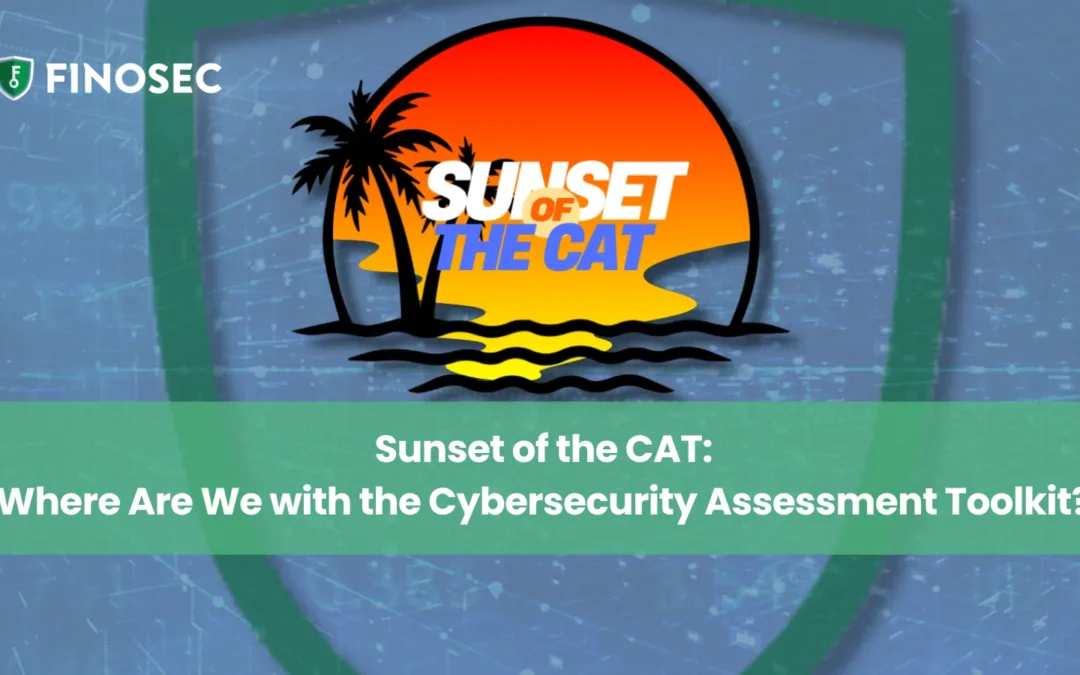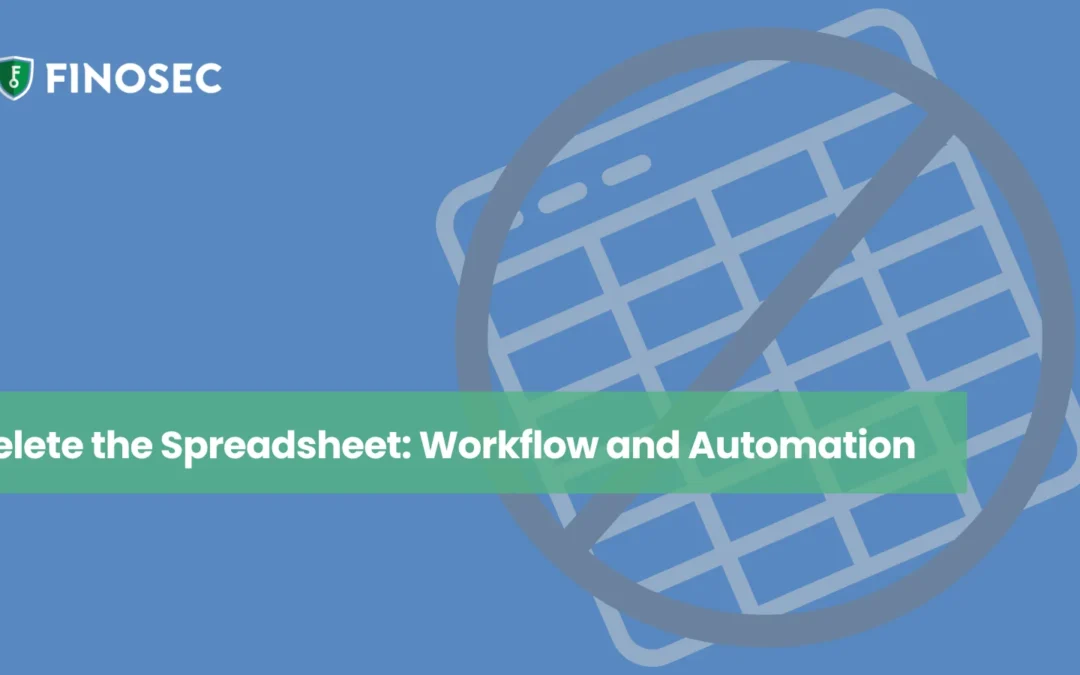Spreadsheets have long been the go-to tool for tracking and managing information security tasks. They’re familiar, flexible, and easy to share. But in today’s rapidly evolving landscape, where efficiency; compliance; and innovation are key, relying on spreadsheets could be one of the biggest missed opportunities in information security governance.
Let’s dive into why that’s the case, and how AI is reshaping how financial institutions should approach their security governance frameworks.
The Hidden Costs of Spreadsheet-Driven Governance
In many institutions, security platforms handle some processes, but spreadsheets are still used for tracking critical components like:
- Personally Identifiable Information (PII) assessments
- Cybersecurity Assessment Toolkit (CAT)
- Exception tracking
- System access reviews
These documents often sit outside of integrated systems, making them static and labor-intensive to manage.
While spreadsheets may offer familiarity, they also severely limit your ability to scale, respond quickly to regulatory changes, and most critically, take advantage of the AI-driven tools that are transforming cybersecurity workflows.
Why AI Can’t Work with Disconnected Spreadsheets
One of the most significant technological breakthroughs in recent years is the application of AI in cybersecurity. But if your core processes still live in spreadsheets, you’re essentially cutting yourself off from these advancements.
Consider this: What if your information security risk assessment process included a built-in AI assistant that could cross-reference each selected control with your current policy library? Instead of manually searching through files to validate policies, or worse, discovering gaps only after an audit, AI could do it in seconds.
That’s the difference between reactive and proactive governance.
Reimagining Risk Assessments and Control Mapping
As financial institutions prepare for the sunset of the FFIEC Cybersecurity Assessment Tool (CAT), they face the challenge of transitioning to new frameworks, whether it’s the NIST CSF, CRI, or CIS Controls.
Without AI, this means starting from scratch:
- Manually comparing each control
- Rebuilding assessments
- Digging through policies and documentation
It’s a time-consuming, error-prone process.
But with the right infrastructure in place, AI can dramatically simplify the transition. You can feed your historical CAT responses into an AI-enabled platform, and it can suggest matches to new control frameworks, identify policy gaps, and even assist in drafting new procedures.
This doesn’t just reduce labor, it adds consistency, clarity, and confidence to your compliance strategy.
Responsible AI Use Starts with the Right Foundation
Yes, AI brings speed and automation. But it also demands thoughtful implementation. Financial institutions must ensure a human-in-the-loop approach, build oversight into workflows, and establish guardrails to mitigate risks.
Still, the opportunity is too big to ignore.
AI can support tasks like:
- Automating repetitive tasks (e.g., evidence collection, cross-referencing controls)
- Enhancing documentation consistency
- Identifying anomalies or areas of non-compliance before auditors do
- Supporting continuous compliance rather than reactive reporting
But all of this starts with moving away from spreadsheet dependency.
Now Is the Time to Act – Embracing AI-Powered Solutions
We’re at a tipping point. Financial institutions that embrace AI-powered solutions are already gaining efficiency and reducing risk. Those still relying on spreadsheets will find it increasingly difficult to keep up, not just with competitors, but with rising regulatory expectations.
If your governance processes aren’t yet set up to integrate AI, you’re missing a key opportunity to:
- Streamline workloads
- Strengthen your security posture
- Future-proof your compliance strategies
The good news? You don’t have to make the shift alone.
Let’s Delete the Spreadsheet—Together
We’re hosting a dedicated webinar to dive deeper into this transformation. It’s called “Delete the Spreadsheet,” and it’s all about helping institutions like yours understand where AI fits, what the transition looks like, and how to build an integrated, intelligent governance process.
We’ll also be sharing tools and resources around:
- Access Management
- Third-Party Risk
- Policy Documentation
- Governance Strategy
This is your chance to explore how modern technology can elevate your information security program, without adding more work to your plate.
Step Away from Manual Processes
Spreadsheets were never designed to handle the complexity of today’s cybersecurity demands. AI was. But to leverage AI effectively, you need systems that are integrated, accessible, and designed with automation in mind.
By stepping away from manual, disconnected processes and investing in smarter infrastructure, you’re not just simplifying compliance, you’re empowering your team to focus on what really matters: protecting your institution and your customers.






